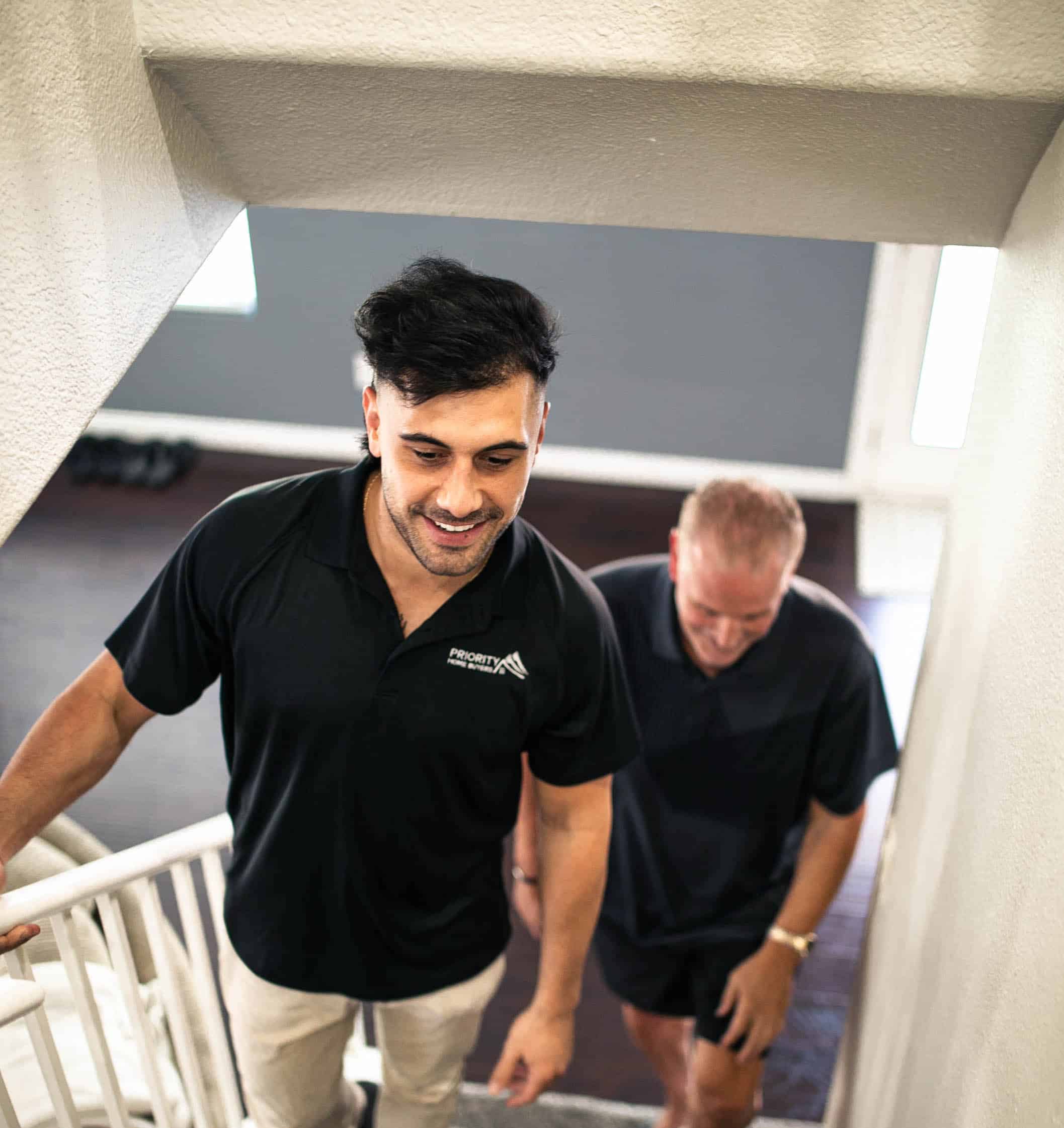Adverse Possession Laws South Dakota
If you’re a landlord in South Dakota, you should watch out for something called “squatter’s rights.” If someone occupies your land openly for a whopping 20 years, they might claim legal ownership of it.
So whether you’re a landlord or a tenant, it’s super important to know the rules about squatting in your state. There could be some unusual cases that give squatters extra protection.
Now, here’s the deal: there’s this process called “adverse possession.” In South Dakota, you gotta meet some strict time requirements to even think about making a claim. They also call it “Squatter’s Rights” sometimes, and there are four specific things you need for a claim to be legit.
Difference Between Squatting, Trespassing, and Holdover Tenants
 Squatting: Squatting typically refers to the act of someone occupying a property, often abandoned or vacant, without the owner’s permission or legal right to be there. Squatters do not pay rent, and their presence on the property is usually unauthorized. In some cases, squatters may attempt to gain legal ownership through adverse possession, as mentioned in the previous responses, by openly and continuously occupying the property for a specified period.
Squatting: Squatting typically refers to the act of someone occupying a property, often abandoned or vacant, without the owner’s permission or legal right to be there. Squatters do not pay rent, and their presence on the property is usually unauthorized. In some cases, squatters may attempt to gain legal ownership through adverse possession, as mentioned in the previous responses, by openly and continuously occupying the property for a specified period.
Trespassing: Trespassing occurs when someone enters or remains on another person’s property without their consent or authorization. Trespassing is generally considered a legal violation and can result in criminal charges or civil actions. Unlike squatting or being a tenant, trespassers do not have any legal right or claim to the property they are unlawfully accessing.
Holdover Tenants: Holdover tenants are individuals who remain in a rental property beyond the expiration of their lease agreement or rental term. They were once legitimate tenants with a contractual agreement but have failed to vacate the property as required. Holdover tenants are not squatters or trespassers because they initially had legal rights to occupy the property, but their legal status changes once their lease or rental agreement ends.
In summary, squatting involves occupying a property without permission, often to eventually gain legal rights to it. Trespassing is the unlawful entry onto someone else’s property without any legal right or permission. Holdover tenants are individuals who stay in a property after their lease or rental agreement has ended, which can lead to eviction proceedings.
Understanding Squatters Rights In South Dakota
Alright, let’s dive a bit deeper into this whole “adverse possession” thing in South Dakota. There are four key requirements that must be met to even think about making a claim:
 Hostile Possession: First off, individuals can’t just stroll onto someone else’s property and start camping out. They need to be there without any permission from the actual property owner. It’s gotta be like they’re taking over the place.
Hostile Possession: First off, individuals can’t just stroll onto someone else’s property and start camping out. They need to be there without any permission from the actual property owner. It’s gotta be like they’re taking over the place.- Open Possession: No sneaky business allowed! Hiding out in the property, hoping to claim it someday is not acceptable. Possession has to be out in the open as if they own the joint. They even expect utilities to be in their name if there’s a structure on the property. It’s like saying, “Hey, this is mine now!”
- Physical Possession: Leaving a few belongings on the property won’t cut it. There must be physical occupation of the place. It’s not just about stuff; they need to be there, on the ground, living in it.
- Exclusive Possession: This one’s a bit tricky. The same trespassers have to occupy the property continuously. If possession changes from trespasser to trespasser, the length of occupation requirement starts over. It’s gotta be all one person, all the time.
So, if all these boxes are ticked and enough time passes, there might be a shot at filing an adverse possession claim in South Dakota. Just remember, it’s a pretty long shot, and the law takes these things seriously!
How Long Do Trespassers Need to Stay Before They Can Make a Claim?
Well, it’s not a quick process. South Dakota demands a minimum of 10 years of open and hostile possession of a property, provided that it’s not currently occupied by someone else.
 Let’s break it down with an example: Imagine a family of four takes off for a three-week vacation, leaving their stuff behind in their home. If someone breaks into the house during their absence, it’s a criminal matter because it’s not considered abandonment. For trespassers to start legally squatting, the property must be abandoned.
Let’s break it down with an example: Imagine a family of four takes off for a three-week vacation, leaving their stuff behind in their home. If someone breaks into the house during their absence, it’s a criminal matter because it’s not considered abandonment. For trespassers to start legally squatting, the property must be abandoned.
Now, here’s the twist: If some document or deed is suggesting that the squatters are the rightful owners of the property, they can get away with the 10-year requirement. But here’s the catch—they better be paying the property taxes and making improvements to the property as if they were the real owners.
If that’s not happening, South Dakota cranks up the time requirement to a hefty 20 years, as long as it meets those four conditions we talked about earlier. So, patience is key if you’re trying to pull off this adverse possession thing in South Dakota!
Landlord Tips for Dealing with Squatters:
- Tenant Vetting: Make sure your tenants have a legitimate source of income, a good rental history, and can pay the rent on time.
- Maintenance & Rent Collection: Keep up with maintenance requests and collect the rent in full and on time.
- Legal Action: Be ready to take legal action when necessary to protect your property.
- Empty Homes Alert: Keep an eye out for empty or vacant properties in your neighborhood; it might signal squatting.
- Know the Law: Familiarize yourself with South Dakota’s laws on squatter’s rights, especially regarding eviction procedures. Prompt action is crucial.
- They know the ins and outs of handling this issue effectively.
- Protect Your Property: Regardless of your location, these professionals will work tirelessly to ensure you don’t fall victim to squatters’ rights.
Frequently Asked Questions
What are squatters’ rights in South Dakota?
Squatters’ rights in South Dakota allow individuals who openly and continuously occupy an abandoned or vacant property to potentially gain legal ownership of it after meeting specific time requirements and conditions.
How long must a property be occupied for adverse possession in South Dakota?
In South Dakota, adverse possession typically requires a minimum of 10 years of open and hostile possession of a property not currently occupied by others. However, certain conditions, such as paying property taxes and improving the property, can reduce this timeframe.
Can a landlord protect their property from squatters in South Dakota?
Yes, landlords can take steps to protect their property from squatters in South Dakota. This includes thoroughly screening tenants, promptly addressing maintenance issues, and staying informed about South Dakota’s laws regarding eviction procedures. Taking legal action when necessary is also crucial to prevent squatter’s rights from being established.




